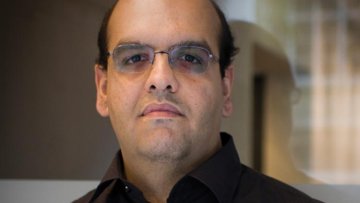15:45
Ergodic Theory of Interval Exchange Transformations
Abstract
An interval exchange transformation is a map of an
interval to
itself that rearranges a finite number of intervals by translations. They
appear among other places in the
subject of rational billiards and flows of translation surfaces. An
interesting phenomenon is that an IET may have dense orbits that are not
uniformly distributed, a property known as non unique ergodicity. I will
talk about this phenomenon and present some new results about how common
this is. Joint work with Jon Chaika.


